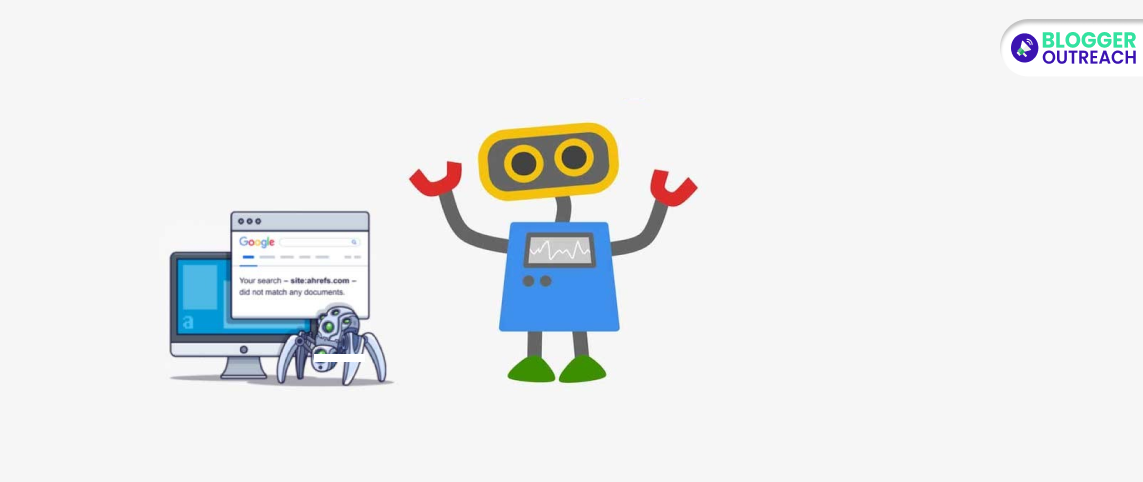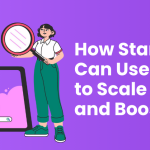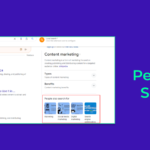Table Of Content
Top-quality backlinks to improve your SEO score. A website with high-quality backlinks will rank higher on Google.
To get results, however, Google also needs to find your backlinks. What can you do to make your backlinks more discoverable?
Acquiring backlinks is just the first step; Google must also index them to fully benefit your website’s ranking.
Thankfully, there are proven methods to help you achieve this and enhance your site’s visibility on search engines.
This article explores proven techniques for indexing backlinks, which have been rigorously tested and shown to work.
Whether you’re a beginner or an experienced SEO professional, you can use these methods to index your backlinks properly.
Let’s Understand Index Backlinks
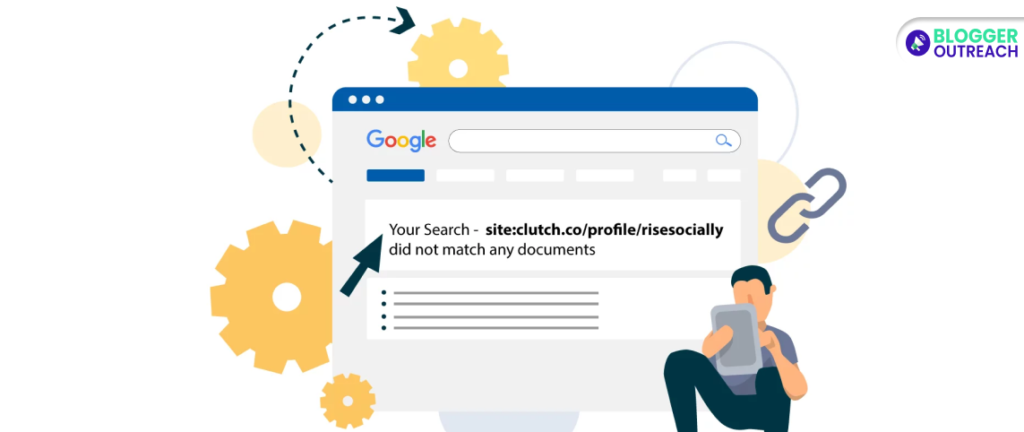
Search engines like Google employ spiders, also known as bots, to discover new web pages. These pages are then included in the search engine’s database. Hence, it makes them accessible when users search for relevant topics.
These bots also scan websites to locate backlinks. Google stores and analyzes these backlinks to determine which sites rank highest in search results.
If Google indexes your backlinks, it recognizes them as valuable and legitimate. This positively impacts your SEO ranking. In simple terms, having indexed backlinks is getting more viewership.
How Long Does It Take For Backlinks To Get Indexed?
Backlinks can take hours, days, or even months to get indexed. It all depends on a few things. You’ll get clarity on those factors as we go deeper into this article.
6 Ways To Index Backlinks Fast On Google
Indexing has given sleepless nights to many SEOs, but not anymore. The below-mentioned strategies will guide you to earn high-quality backlinks. Here you go:
1. Manual Indexing Through Google Search Console
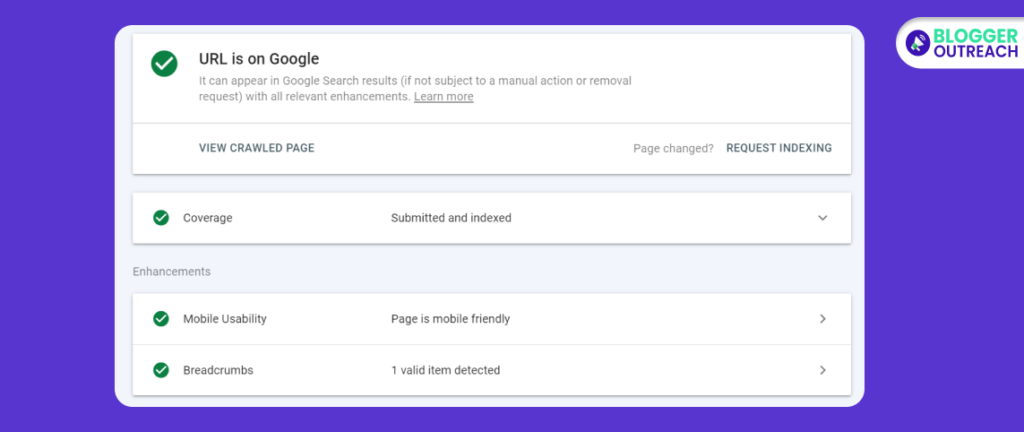
You will hear a lot of hacks and strategies to index backlinks. But bloggers and SEOs who have been here for a long time know that a search console is an ultimate tool.
Here is how to do it right…
Access your Google Search Console. Start by logging into your Google Search Console account.
Then, select your property. Choose the website you want to work on within your Search Console account.
Now, navigate to the Index Coverage Report. In the left-hand menu, find the “Index” section and click on “Coverage.”
Next, review the current Index status. Check if Google has already indexed the backlinks you’re interested in. Look for any indexing errors that need fixing.
Submit I=individual URLs. If Google hasn’t indexed your backlinks, you can submit them manually. To do this, click “URL Inspection” in the left-hand menu.
Enter the Backlink URL. Type or paste the specific backlink URL you want to index into the provided field.
Inspect the URL. Click the “Inspect” button to let Google check the URL. This will show whether it’s eligible for indexing.
It’s time for request indexing. If the URL is eligible, you’ll see an option to “Request Indexing.” Click it to submit the URL for indexing.
Then, monitor the status. After requesting indexing, you can check the status in the “URL Inspection” tool. Google will indicate whether the URL has been successfully indexed or if there are any issues.
Finally, repeat for Other Backlinks. If you have multiple backlinks to index, repeat the process for each one individually.
2. Video Sitemaps
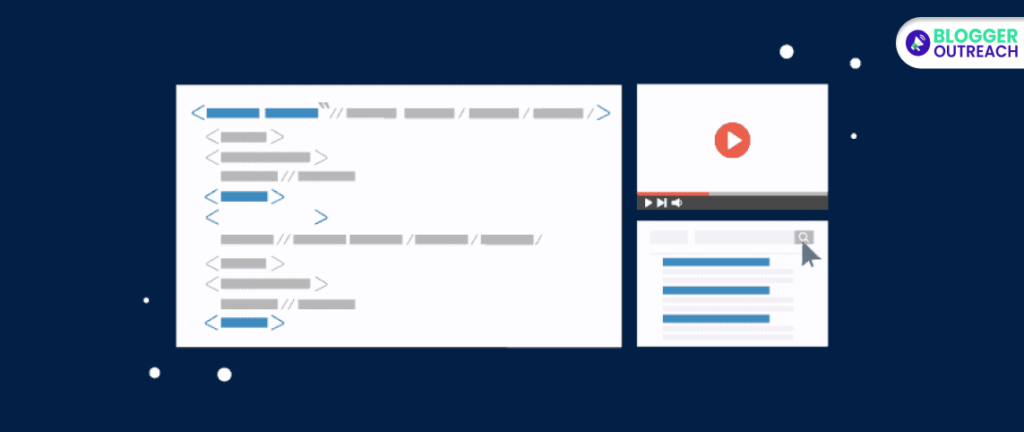
A video sitemap, essentially an XML sitemap, provides details about videos on your website. You can use this sitemap to include URLs for your backlinks and then swiftly submit it to Google Search Console to index backlinks.
The process is quite straightforward: Embed a YouTube or Vimeo video on a webpage. Use a tool like XML-Sitemaps, which detects embedded videos and creates a dedicated sitemap with relevant information.
After You Generate A Video Sitemap, Follow These Steps:
- Open and edit the XML file (using software like Notepad).
- Replace the URL within the <loc></loc> tag with your backlink URL.
- Save the XML file.
- Upload it to your web server.
- Add the new XML sitemap URL to Google Search Console (found under the left-hand sidebar menu > Index > Sitemaps).
Google will then crawl the video sitemap and expedite the indexing of the backlink URLs listed in the XML file.
3. Use Pinging Tools
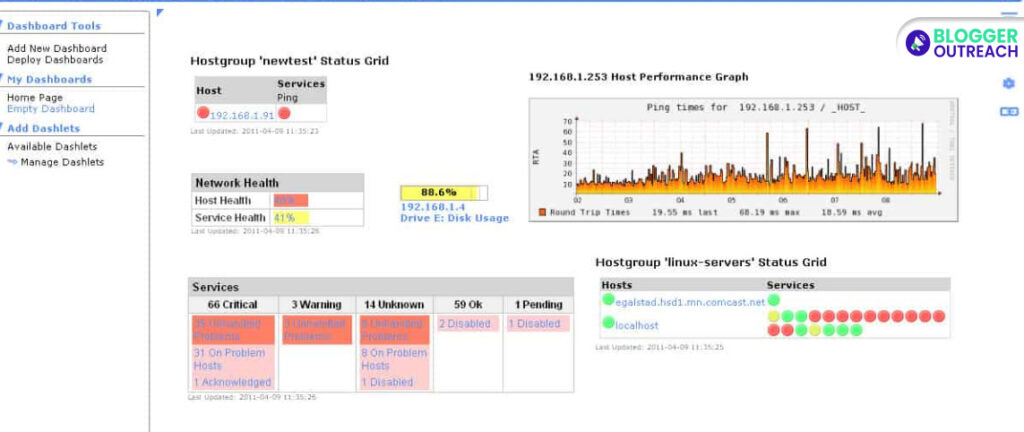
Pinging is a program that can inform Google about updates to your own website, blog posts, or content.
(Pinging is a way to inform major search engines and RSS directories [such as Google, Bing, Yahoo, edge, brave, etc]. that you’ve updated your blog or website content).
Google will send a bot to scan your site and update it with the latest information. Thus, you start to index backlinks.
Below, We’ve Listed Some Of The Best Free Pinging Tools:
- SolarWinds Engineer’s Toolset.
- PrePostSEO.
- ManageEngine.
- Site24x7.
- Pingdom.
- ManageEngine OpUtils.
- SmallSEOTools.
While ping tools can aid your SEO strategy, they shouldn’t be your sole method for driving traffic and improving indexing speed.
You have the option of using Google’s backlink indexer software or other backlink indexer programs.

By sharing your backlink URL on social media, especially on Twitter, indexing happens smoothly.
Google now shows Twitter Carousels in its search results as a result of the partnership between Google and Twitter in 2015.
To index backlinks on Google, consider tweeting the webpage link to prompt its crawl. However, bear in mind that not every tweet gets indexed due to the sheer volume created daily.
To Improve Your Chances, Focus On:
- Increasing retweets.
- Boosting likes.
- Encouraging replies to the tweet.
Google also indexes content from other social media platforms like Pinterest, LinkedIn, Reddit, and Quora. Therefore, it’s wise to share your backlink URL on these platforms as well to expedite the backlink indexing process.
5. Add Nofollw Tags To Your Internal Links
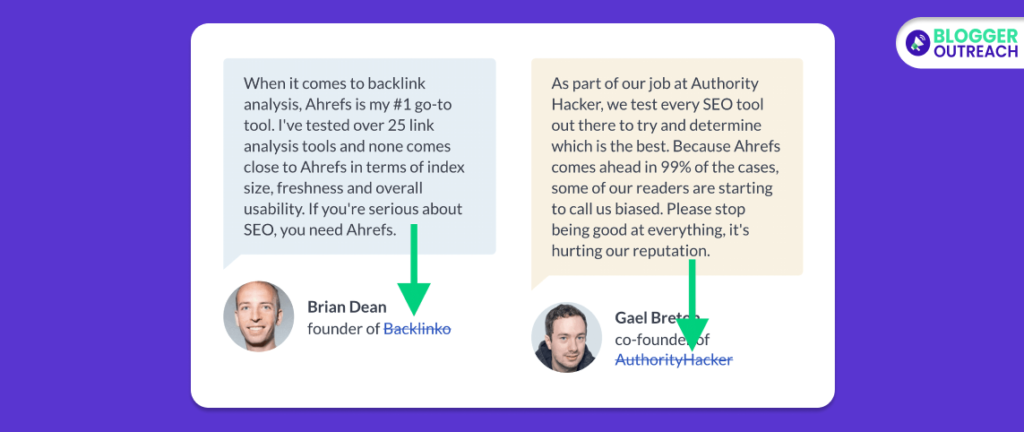
Crawl issues may prevent Google from indexing your web pages. Search engine bots cannot access the linked content if you use internal links with a rel=nofollow tag.
Consequently, Google doesn’t receive information for indexing, and your page won’t appear in search results. To address this, check and remove “nofollow” tags from your internal links. Doing so enables search engines to follow the links and discover the linked pages.
Due to this, Google won’t be able to index your page, and it won’t appear in search results. To address this, check and remove “nofollow” tags from your internal links. Search engines can then discover the linked pages by following the links.
Ensure that internal links lead to indexable pages. Regarding this, you can choose Ahrefs’ Site Audit tool and check the “Page has nofollow incoming internal links only” problems. Remove or index the “nofollow” tags to allow Google to index the page.
6. Capitalize Web 2.0

Web 2.0 encompasses free online platforms that allow users to create accounts and share content.
To boost your backlinks’ indexing by Google, create new articles on these platforms and insert your backlinks.
Consider including a minimum of 5 backlinks within a 1000-word article to maximize benefits. Taking action and implementing these strategies should yield positive results quickly.
One Simple Step To Index Backlinks Every Time
Want to know a proven way to get 100% indexation on backlinks? Enter – guest posting.
Yes, you read that right. By guest posting on authoritative and relevant sites, you gain high-quality backlinks. Moreover, you will hardly need to manually index backlinks from high-quality guest posts.
When it comes to highly indexed backlinks, BloggerOutreach remains at the top.
We Take You Through The Entire Journey:
- Finding niche-relevant publishers from high authority sites (DA, DR, and traffic). Authority links come with faster indexation.
- Producing SEO-optimized, original guest post content.
- Handling the entire communication with the publisher and ensuring permanent links.
Want to know more about how we work?
Check out our client success stories.
Read Also:

